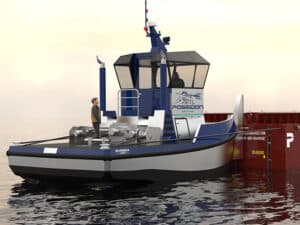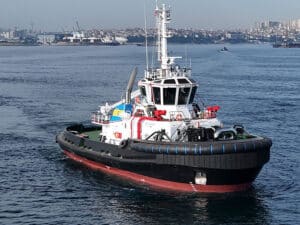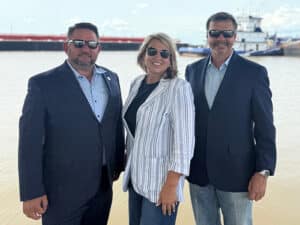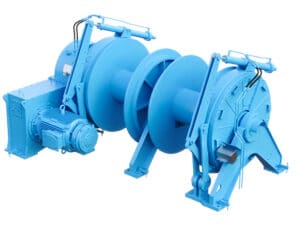
What caused Spirit of Boston fire?
Written by Nick Blenkey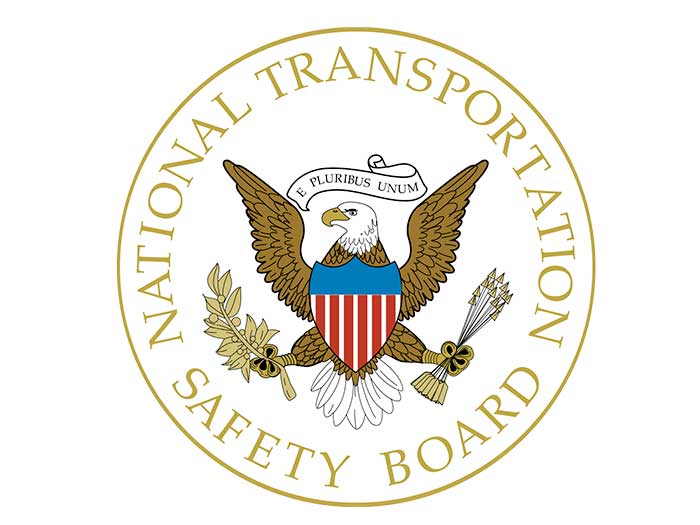
Image: NTSB
The National Transportation Safety Board has released its report on the March 24, 2923, fire aboard the 1990-built passenger vessel Spirit of Boston, operated by City Cruises US. The 153-foot vessel caught fire while moored at Commonwealth Pier in Boston. There were no passengers onboard at the time, but the fire resulted in $3.1 million in damages to the vessel.
NTSB investigators determined the Spirit of Boston fire started under a plastic glassware rolling cart after an improperly extinguished chafing fuel heating canister was unintentionally dropped by hospitality staff in the area. None of the service workers who were onboard at the time of the fire were injured.
All of the marine crewmembers had departed the vessel before the fire began. Without a properly trained marine crewmember onboard with the remaining hospitality staff, says the NTSB, the emergency response plan for a fire could not be executed as intended.
The NTSB found that the fire could have likely been extinguished before it grew had a marine crewmember been on board at the time.
The NTSB recommended City Cruises US require at least one marine crewmember to remain on board its vessels until all noncrew personnel depart the vessel.
Investigators also found City Cruises US lacked documented procedures on how to handle open-flame devices on its vessels. Hospitality staff were verbally instructed on how to handle the heating canisters. NTSB investigators found in some cases the hospitality staff did not consistently extinguish canisters in accordance with the verbal instructions or manufacturer’s guidance. The NTSB recommended City Cruises US develop procedures for crewmembers and hospitality staff on the proper handling of open-flame devices on board its vessels.
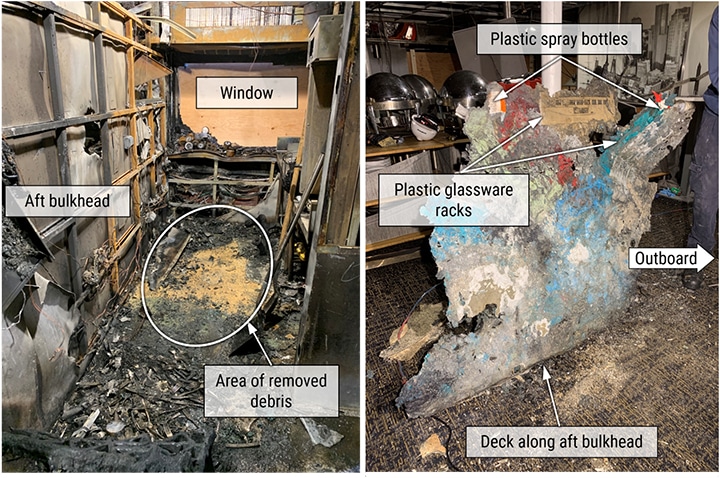
The NTSB also recommended that City Cruises US implement a safety management system, or SMS, for its fleet. An SMS is a comprehensive, documented system to enhance safety for a company and its vessels and when implemented is an effective tool for safety oversight. Procedures for handling open-flame devices and requirements for crewmembers to be on board would typically be included in an SMS.
The NTSB also reiterated a safety recommendation to the U.S. Coast Guard to require all operators of U.S.-flag passenger vessels to implement SMS. The NTSB has advocated for SMS for passenger vessels since 2005, and in 2010, Congress explicitly granted the Coast Guard the authority to require such systems. Progress has been stalled since January 2021 when the Coast Guard took initial steps to address the NTSB’s recommendation.
The NTSB also recommended the Passenger Vessel Association share with its members the circumstances of the Spirit of Boston fire, including the importance of having at least one marine crewmember on board a vessel with noncrew personnel, having procedures for properly handling open-flame devices, and implementing SMS.
- Download the full report HERE

